Shiitake
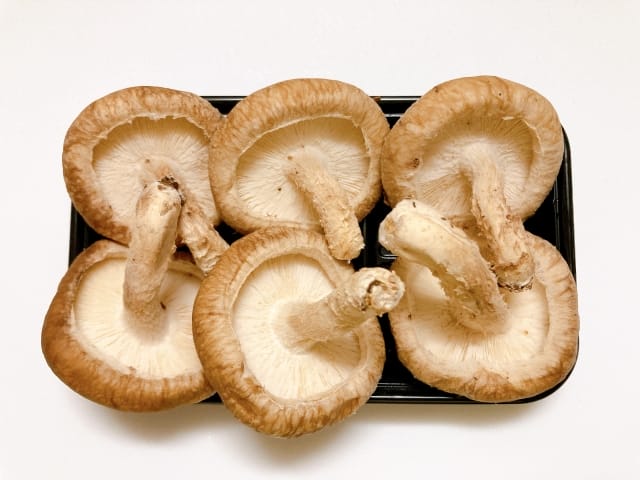
Shiitake mushrooms, known for their unique flavor and high nutritional value, originate from East Asia. Historically, shiitake mushrooms naturally grew in places like Japan and China, especially on decaying wood after trees had died. Shiitake mushrooms thrive on the shii tree, which is why they got their name. However, they can also grow on hardwoods like chestnut, oak, and maple.
The cultivation of shiitake mushrooms dates back to the Song Dynasty in China in 1209, as recorded. In Japan, the first documented cultivation methods were published in 1796, and traditional cultivation techniques using the shii tree were established. Before 1982, shiitake mushrooms could only be grown using these traditional methods, but subsequent research made it possible to cultivate them in other regions and using different methods.
Shiitake mushrooms are rich in nutrients, including dietary fiber, B vitamins, copper, selenium, manganese, and iron. They have also been used in traditional Asian medicine for their potential therapeutic properties. The polysaccharide called lentinan found in shiitake mushrooms has shown potential effectiveness against cancer and other diseases.
In Japanese cuisine, shiitake mushrooms are used in a wide range of dishes. They are particularly popular in miso soup and stir-fried or simmered with vegetables. Dried shiitake mushrooms are also commonly used because they intensify the flavor and have a longer shelf life. Due to their flavor and texture, shiitake mushrooms are considered an essential ingredient in Japanese cuisine.
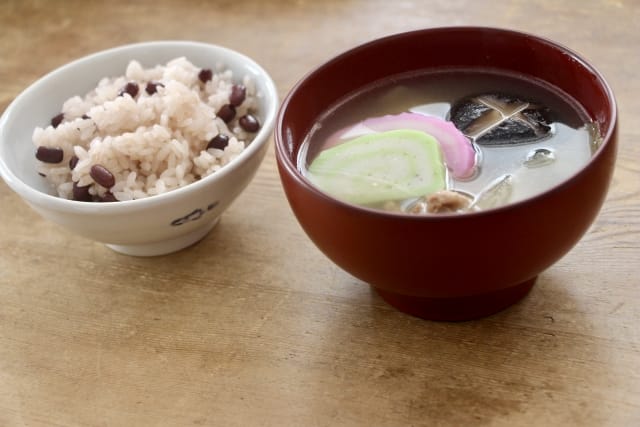
Maitake
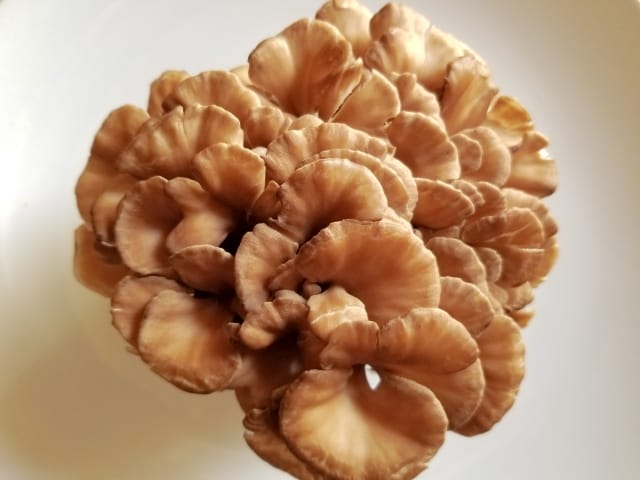
“Maitake” is a mushroom known for its nutritional value and medicinal benefits, and it’s cherished in Japan as “舞茸” (Maitake), which means “dancing mushroom.” This name originated from the joyous dances people performed when they found this precious mushroom in the woods long ago. Maitake mushrooms have overlapping, feather-like structures resembling chicken feathers, earning them the nickname “forest chicken.”
Maitake mushrooms are abundant in nutrients, particularly β-glucans and antioxidants, which are believed to support the immune system. They can grow up to a whopping 45 kilograms when fully mature, making them one of the largest mushroom varieties. Due to their soft, polypore (pore) nature, they are easy to use in cooking.
Maitake mushrooms are low in calories and rich in protein, containing biologically active compounds like niacin, riboflavin, and vitamin D. These nutrients offer numerous health benefits, such as supporting healthy cholesterol levels and energy production. Additionally, they are packed with minerals like phosphorus and potassium.
These mushrooms have been consumed as food in Japan and China for centuries, primarily used in simmered dishes and hot pots. Because of their tender caps, proper cooking is essential. While Maitake mushrooms are highly nutritious and offer various health benefits, it’s worth noting that high-quality clinical studies on Grifola frondosa (the scientific name for Maitake) have not been completed to date.
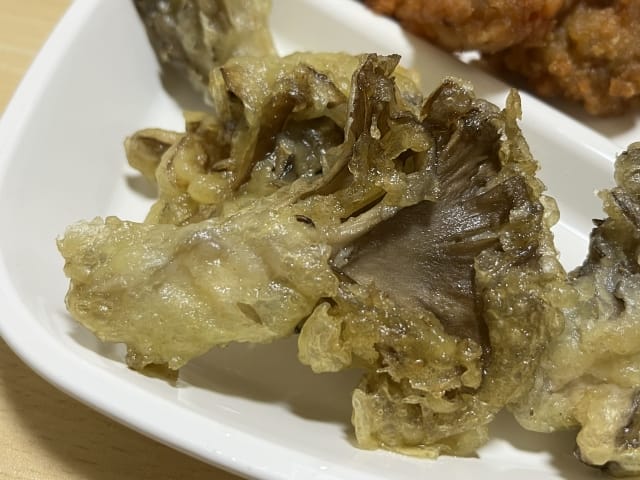
Enokitake
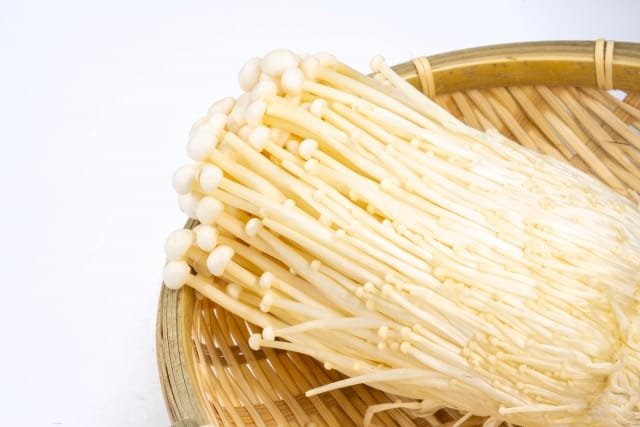
“Enokitake,” scientifically known as Flammulina velutipes, is an edible mushroom native to East Asia. This mushroom is characterized by its long, slender stems and small white caps, which cluster together. Enokitake is widely used in Japanese, Korean, and Chinese cuisine, known for its delicate flavor and crunchy texture. It’s typically added to various dishes like soups, stir-fries, salads, and noodles.
Enokitake is low in calories and rich in essential nutrients like vitamin B, vitamin D, and dietary fiber. It also contains antioxidants, which are believed to have anti-inflammatory and anti-aging effects. Some studies suggest that Enokitake can strengthen the immune system, support liver health, and potentially help prevent cancer. Moreover, it contains ergothioneine, an antioxidant that may protect against neurological diseases.
When purchasing Enokitake, look for firm, white stems with intact caps. They can be stored in the refrigerator for approximately one week. Before cooking, trim the base, gently wash in cold water, and dry. While Enokitake can be eaten raw, it’s typically cooked to enhance its flavor. It’s commonly stir-fried, boiled, grilled, or added to soups, stir-fries, and salads. Due to its short cooking time, it’s essential to add it towards the end of the cooking process.
Enokitake cultivation began in Japan in the early 18th century and has since gained popularity worldwide. It naturally grows, especially in the stumps of hackberry trees in colder winter months.
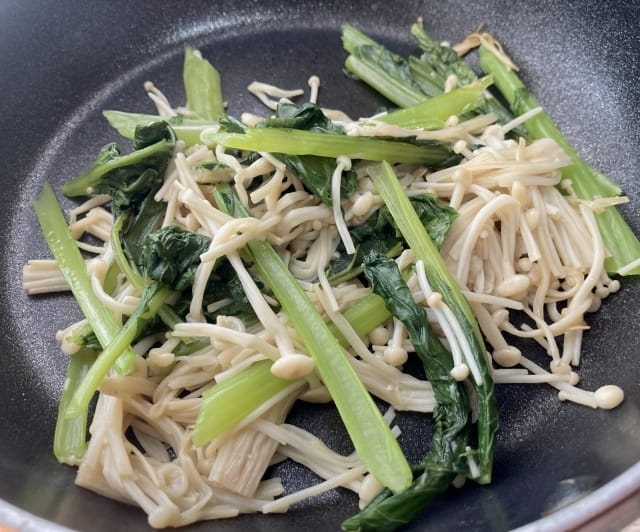
Bunashimeji
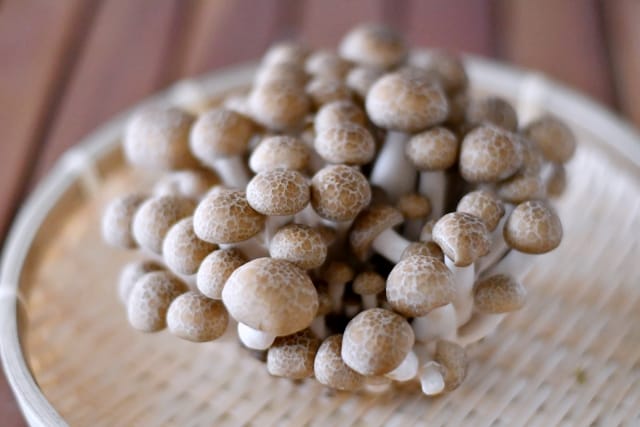
“Bunashimeji,” also known by its scientific name Hypsizygus tessellatus, is a highly regarded mushroom in Japan. These mushrooms grow naturally on wood, such as beech trees, and have small grayish caps and long stems. Bunashimeji mushrooms were first patented for cultivation by Takara Shuzo Co., Ltd. in 1972, and since then, their production has started in Japan, with several varieties widely cultivated and sold fresh in the market.
There are two types of Bunashimeji: Brown Beech and White Beech. They grow in clusters with small caps attached to stems that are a few centimeters in diameter. When cooked, they have a crispy, juicy texture and a nutty, herbal flavor. Bunashimeji mushrooms are ideal for soups and stews and can also be used in stir-fries. It’s not recommended to consume them raw as they may not be pleasant in taste and digestion in their raw state.
Bunashimeji mushrooms are rich in minerals like potassium, phosphorus, magnesium, zinc, and copper, and they may help lower cholesterol levels in the body. They contain glycoproteins (HM-3A), marmelin, β-(1-3)-glucans, hypsidiprenol, and hypsin, which are believed to have anticancer properties. Additionally, they contain ACE inhibitors (angiotensin-converting enzyme inhibitors) that may help lower blood pressure and reduce the risk of stroke in individuals with hypertension. They are also rich in polysaccharides, phenolic compounds, and flavonoids, which may help suppress inflammatory cytokines and oxidative stress, offering protection against lung function impairment.
When it comes to cooking, Bunashimeji mushrooms should always be cooked and not consumed raw. Cooking eliminates any bitterness and brings out their enjoyable, firm, slightly crunchy texture with a nutty flavor. They are suitable for stir-fry dishes, wild game, seafood combinations, and are commonly used in soups, stews, and sauces.
Cultivated Enoki mushrooms began in the early 18th century in Japan and have since become popular worldwide. They naturally grow, especially during the cold winter months, often appearing on the stumps of hackberry trees and similar woody substrates.
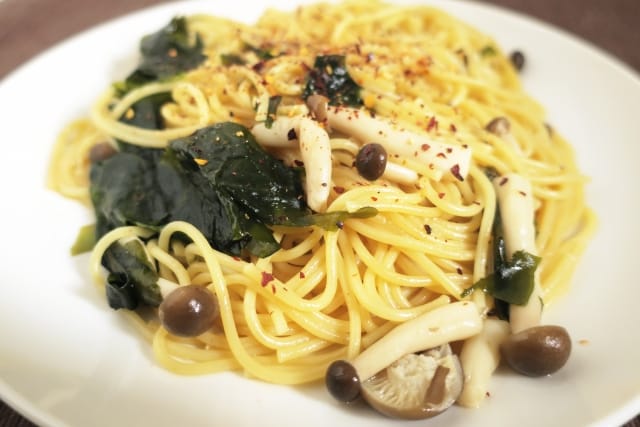
Nameko

“Nameko,” scientifically known as Pholiota microspora, is an essential mushroom in Japanese cuisine, particularly in dishes like miso soup and hot pot (nabemono). It has small, amber-colored caps and is distinguished by its unique gelatinous coating. Nameko mushrooms thrive in the autumn when the temperature drops below 10°C, typically producing two harvests during this time.
Nameko mushrooms are characterized by their small to medium-sized caps and slender, straight stems. The caps have a diameter of about 2 to 8 centimeters, while the stems are around 5 to 7 centimeters long. They grow in dense clusters, primarily on oak and beech trees, displaying shades of amber, chestnut, and orange-brown.
Nameko mushrooms have deep roots in Japan’s history and have been cultivated and consumed for centuries, especially in traditional dishes like miso soup, highlighting their long-standing popularity. The umami and flavor of nameko mushrooms complement the taste of broth, creating a synergistic flavor experience with other ingredients.
Nameko mushrooms are known for their characteristic sliminess, which is highly prized in Japanese cuisine. Besides miso soup, they are used in salads, stir-fries, and even experimental avant-garde dishes, with chefs creating gourmet experiences by leveraging their unique texture.
Nameko mushrooms are highly nutritious and contribute to good health. They contain selenium and possess antioxidant, anti-cancer, and anti-inflammatory properties, reducing the risk of cancer, thyroid disorders, heart disease, and cognitive decline. They are also rich in B-vitamins, dietary fiber, and protein, supporting digestive health and healthy muscle growth.
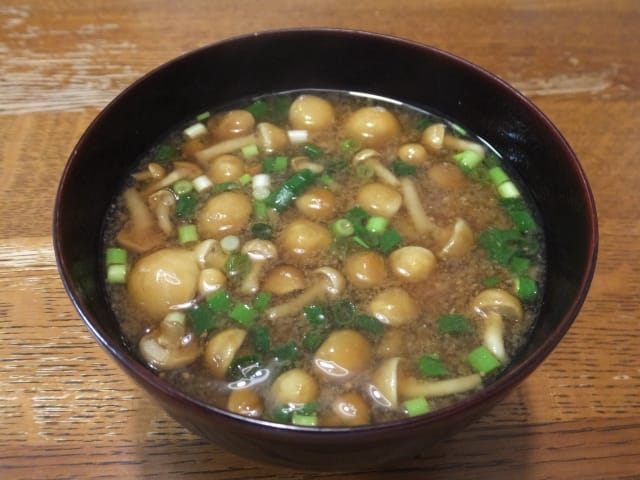
Eringi
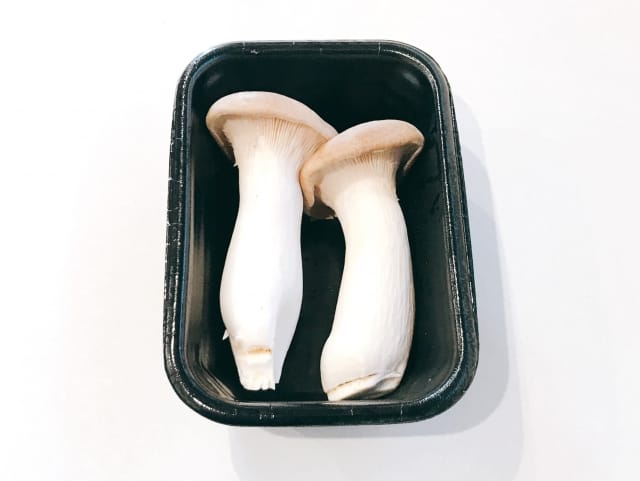
“Eringi,” scientifically named Pleurotus eryngii, is also known as “King Trumpet Mushroom,” “French Horn Mushroom,” and “King Oyster Mushroom.” It originates from the Mediterranean region of Europe, the Middle East, and North Africa. It is also cultivated in many Asian regions.
Eringi mushrooms are recognized by their thick, fleshy white stems and small brown caps. While they have a mild taste and aroma when raw, they develop a rich umami flavor and meaty texture when cooked. Due to their texture similar to abalone and other seafood, they are popular as a main or side dish.
Eringi is a relatively new mushroom, first cultivated in Japan in 1993. It gained popularity for its resemblance to abalone and other seafood in terms of texture, making it a sought-after ingredient for main courses and side dishes. Typically, it is pan-fried, grilled, or used in foil packets and stir-fries.
In terms of nutrition, Eringi mushrooms may contain compounds that stimulate the immune system. Additionally, their consumption may contribute to cholesterol-lowering dietary strategies. Like other Pleurotus species, Eringi mushrooms can attack nematodes, potentially offering a control method for pets such as dogs and cats that may be infected with these parasites. They are rich in polysaccharides, phenolic compounds, and flavonoids, which may help suppress inflammatory cytokines and oxidative stress, providing protection against lung function impairment.
When it comes to cooking, Eringi mushrooms should be cooked rather than consumed raw. Cooking eliminates any bitterness and enhances their enjoyable, firm, slightly crunchy texture with a subtle nutty flavor. They are suitable for stir-fries, combinations with seafood, and can be used in soups, stews, and sauces.
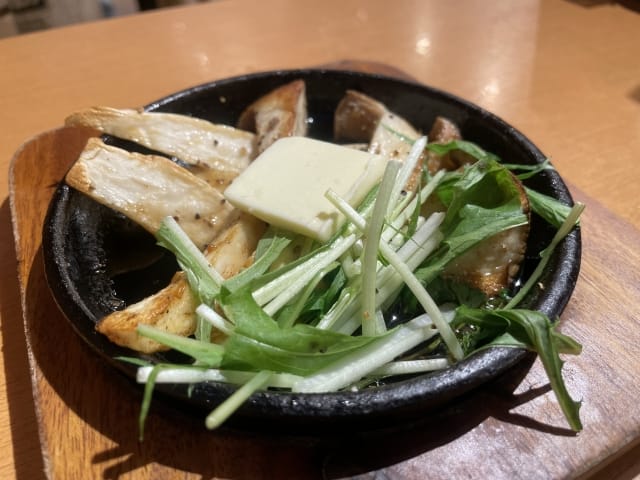
Reference…japan kinoko

